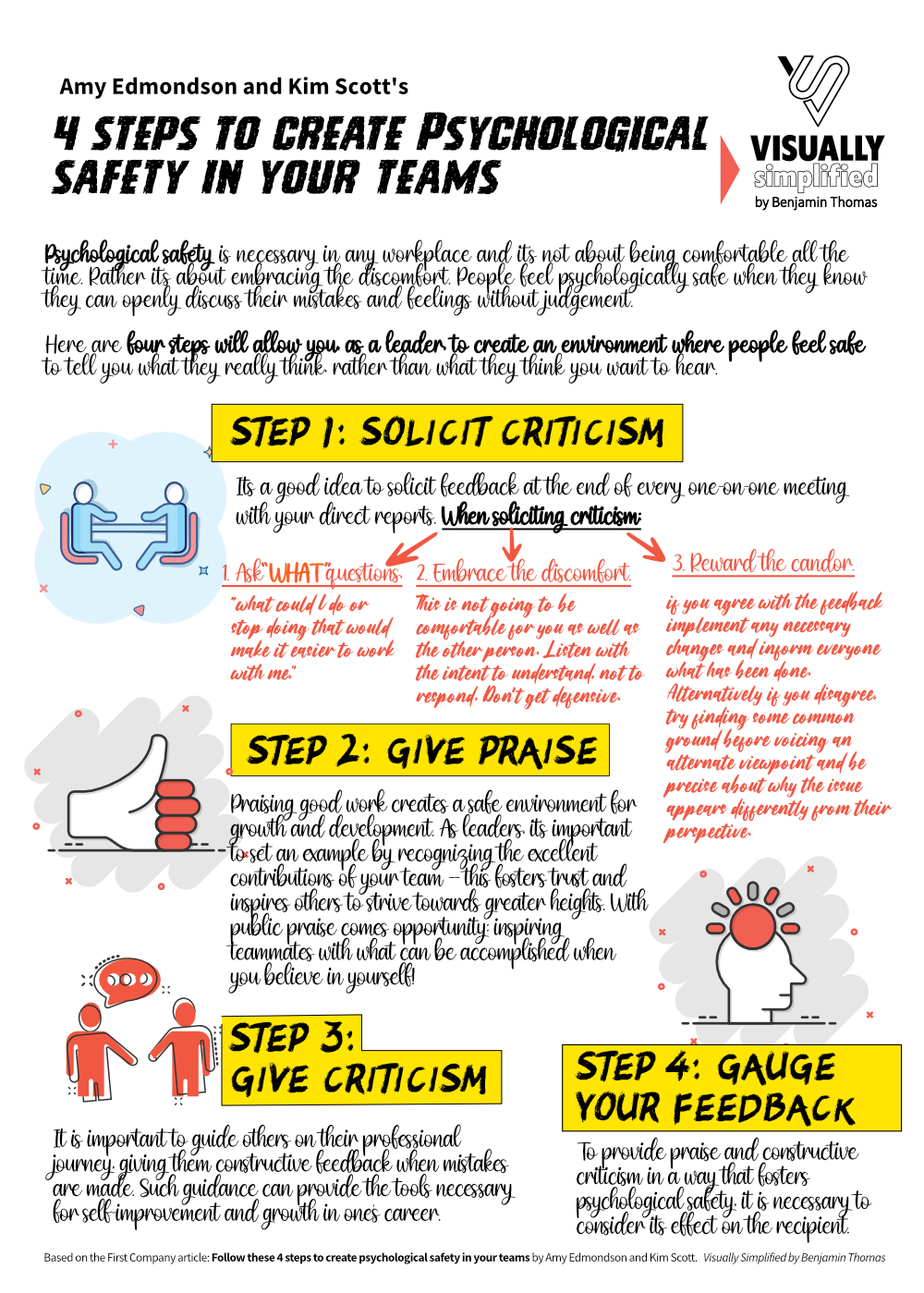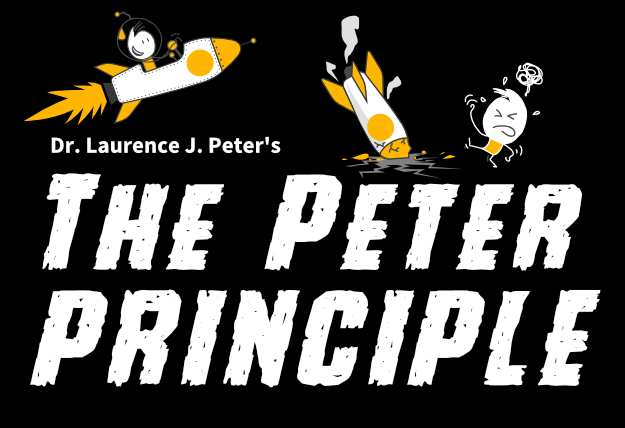4 steps to create Psychological safety in your teams

Psychological safety is a fundamental necessity in any workplace.
Psychological Safety It is the key to enabling teams to perform at their best. However, it’s important to understand that psychological safety is not about constant comfort; it’s about embracing discomfort and fostering open dialogue. In recent years, there has been confusion surrounding the relationship between Radical Candor and psychological safety. Some have mistakenly believed that these concepts are contradictory. However, Radical Candor, which emphasizes caring personally and challenging directly, aligns perfectly with psychological safety.
To create psychological safety in teams, leaders can follow these four steps:
Step 1: Solicit Criticism
Leaders should actively seek feedback from their team members. By asking open-ended questions and genuinely listening to responses, leaders show an open-mindedness to learn from others’ perspectives. Embracing the discomfort that may arise and managing defensiveness is crucial. Additionally, leaders should reward candor by making necessary changes based on feedback and acknowledging the person who provided it.
Step 2: Give Praise
In addition to soliciting criticism, it’s essential for leaders to recognize and appreciate the good work of their team members. Genuine public praise helps create an environment where pointing out flaws becomes less threatening. It showcases what is possible and encourages continued growth.
Step 3: Give Criticism
Constructive criticism is necessary to help individuals recognize their mistakes and improve. Providing feedback in a radically candid manner builds psychological safety by ensuring employees know where they stand. Feeling uncertain about one’s performance is anything but safe, and clear feedback allows individuals to make necessary adjustments.
Step 4: Gauge Your Feedback
Effectively communicating praise and criticism requires gauging how it is received. If the other person perceives the feedback negatively, it’s essential to adjust the approach. Intentions are secondary to the impact of the message. By adapting communication to each individual, leaders can foster a psychologically safe environment.






